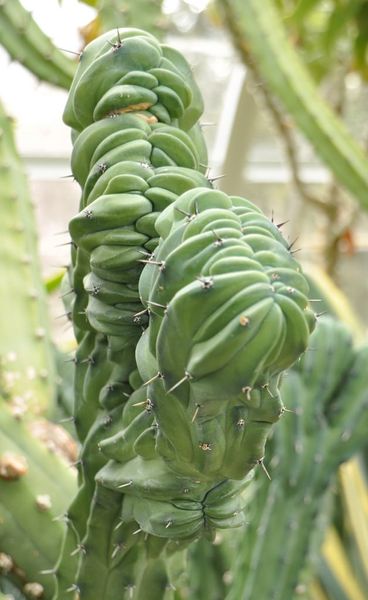Understanding Crested Succulent Mutations
“Cristate” is another term for when the succulent is cresting. This happens when something has affected the single growing point (growth center) of the plant, creating multiple growing points. Typically, this involves the apical meristem. When this happens along a line or a plane, stems are flattened, sprouting new growth on the top of the stem, and creating a bunching effect. Numerous new leaves appear and make the cristate plant look totally different than the standard. Rosettes no longer form and foliage leaves are smaller because there are so many crowding up together. This crested foliage will spread along the plane, sometimes cascading downward. Monstrose mutations are another name for these unusual growth sensations. This mutation causes the succulent to exhibit abnormal growth in different areas of the plant, not just one as with the crested. These are not your common deviations, but crested succulent info says that this family of plants has more than their share of mutations.
Growing Cresting Succulents
Since it is unusual for cresting succulents to occur, they’re considered rare or unique. They are more valuable than a traditional succulent, as reflected by online prices. However, there are plenty of them for sale, so possibly we should just call them unusual. Aeonium ‘Sunburst’ is a regular, appearing on several sites selling crested plants. You must learn to care for crested or monstrose succulent plants by providing even less water and fertilizer than is needed for your regular succulents. This unusual growth remains best when allowed to follow nature’s path. Crested and monstrose oddities are more likely to develop rot and may revert to normal growth, spoiling the crested effect. Of course, you’ll want to take special care of your unusual plant. Plant it high in the container in an appropriate soil mix. If you’ve bought a crested succulent or have been fortunate enough to grow one of them, research the type and provide proper care.
